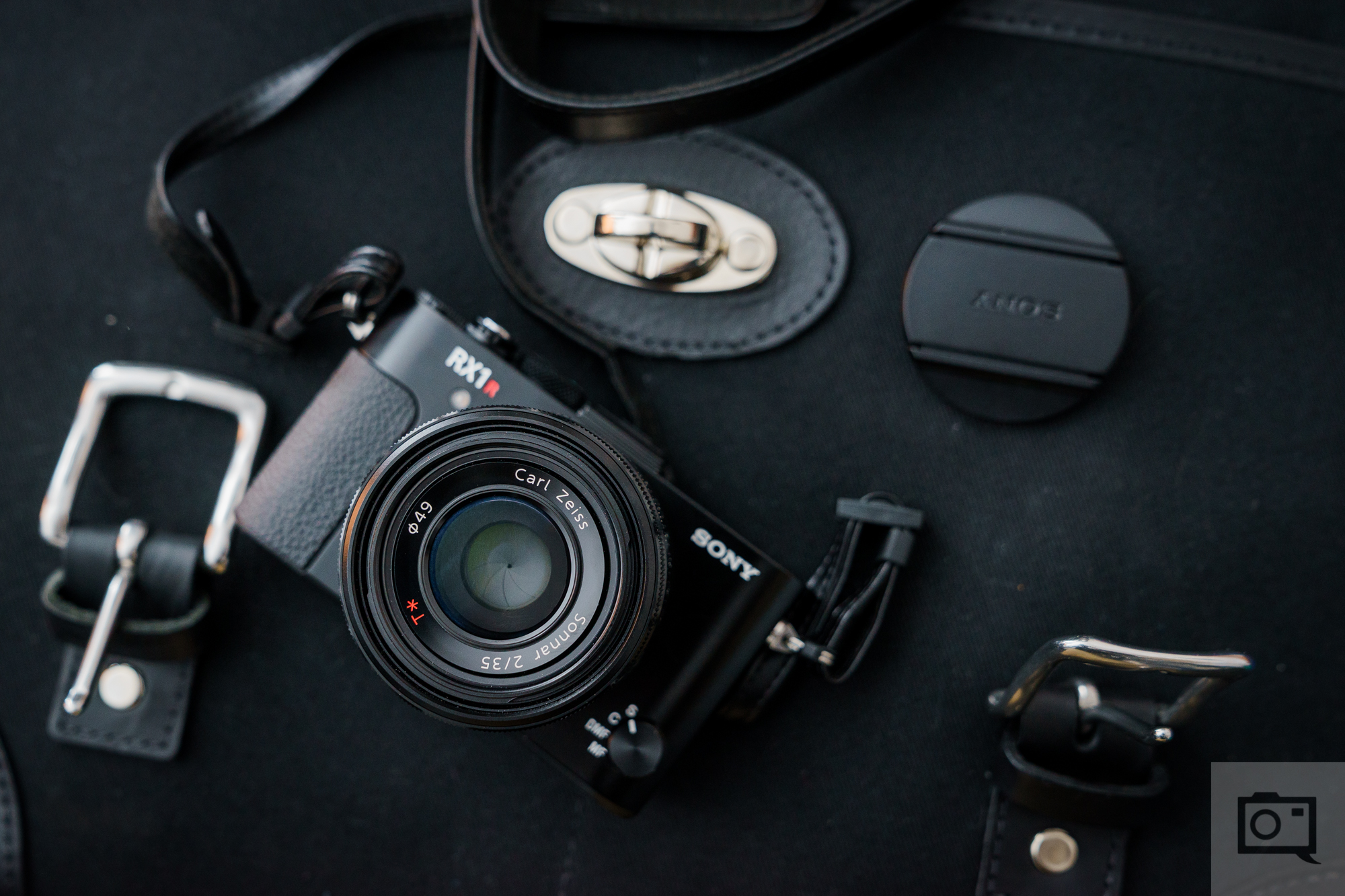
The year was 2015 when some truly different cameras graced the industry. This includes offerings from Canon, Leica, Ricoh, and even Samsung. While tech has advanced exponentially in the past decade, we decided to ride down memory lane and look at cameras that can still be used today. Without further ado, here are the best retro cameras from the past decade.
Sony a7R Mk II: The Best Image Quality
The Sony a7R Mk II provides the best image quality for its time. It boasts a 42MP full-frame Exmor R BSI CMOS sensor and a BIONZ X image processor. If you are looking to get higher megapixel images than your phone, this is worth the investment. It includes 4K video and S-Log2 gamma, which will keep you covered if you need to make social media content. Other features include 399 phase-detect autofocus point, 5 fps burst shoot mode, and 5-axis stabilization. It also has a 0.5-inch 2.35m OLED viewfinder, 3-inch tilting LDC, and ISO up to 102,400. However, weather sealing is something that could have been better.
Samsung NX1: Samsung’s Most Powerful Camera
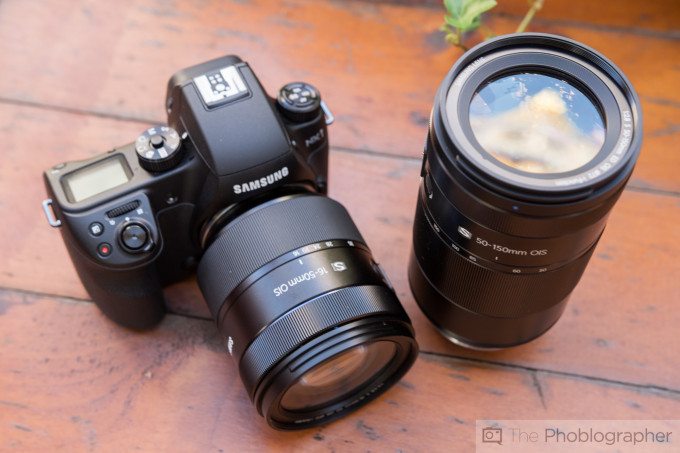
The Samsung NX1 is a very different camera. It has the body and speed of a DSLR, as well as the versatility of features of a mirrorless. However, this is an APS-C camera with a 28.2MP BSI CMOS sensor, a DRIMe V image process, and 4K video recording capability at 24fps. This is a device that is designed for both photos and stills, as it features an advanced hybrid autofocus system, a 205 phase-detection AF point, and a 15-burst shoot rate with autofocus. It also comes with a 3-inch tilting touchscreen and a 2360k-dot viewfinder. It is a perfect little bridge device that will work for anyone looking to upgrade from their phones.
Sony RX10 Mk II: So. Much. Zoom.
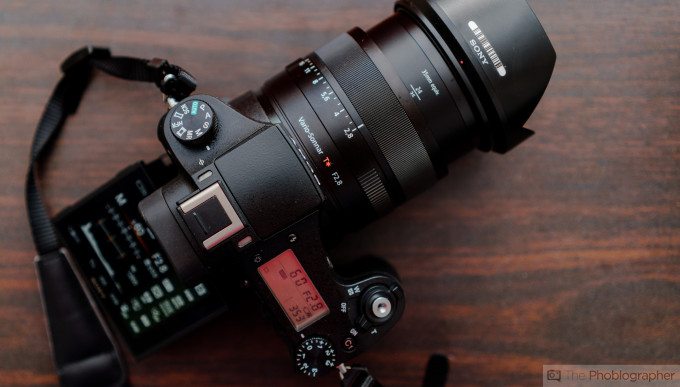
Since point-and-shoot cameras are making a comeback, this camera certainly deserves to be on the list. The Sony RX10 Mk II offers major improvements, including the world’s first 20.2MP 1-inch Exmor RS stacked back illuminated CMOS sensor. It also includes features such as 4K movie recording with direct pixel readout and no pixel binning, super slow-motion movie HFR (High frame rate) up to 960 fps (40x), and super-speed Anti-Distortion Shutter at max. 1/32000 sec. up to 14fps. The point-and-shoot features an f2.8 ZEISS Vario Sonnar T lens (24-200mm), fast AF, 3-inch multi-angle LCD, Wi-Fi, and NFC, and a Dual record of 16.8MP still while shooting movies. The camera is dust and moisture-resistant, making it a perfect companion for anyone who likes to travel.
Canon 5Ds: One of the Most Powerful Retro Cameras
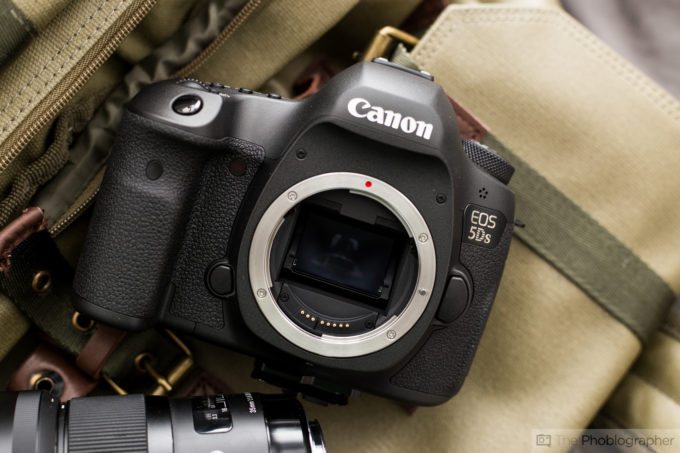
Canon has always been at war with Sony and finding ways to outdo it. With the Canon 5Ds, they achieved just that. The camera is a powerhouse featuring a 35mm 50.6MP CMOS sensor, 61-point high-density reticular AF with 41 cross-type AF points, and an EOS Scene Detection System. If you are wondering why you should invest in a DSLR, then look at the range of EF lenses available to you. The camera also included features such as user-selectable shutter release lag time, crop options, face recognition during live view, and a 3.2-inch LCD monitor. For its time, it also has great autofocus capabilities, color depth, 5fps burst shooting, and more.
Leica Q: One of the Best Retro Cameras
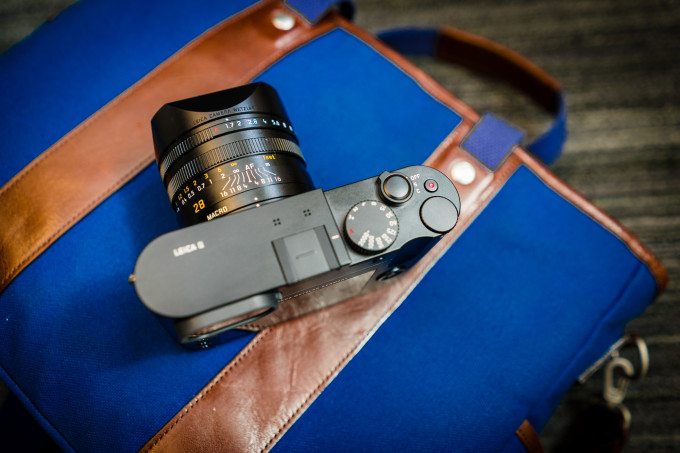
Leica cameras are truly exceptional in their own way. The Leica Q3 went on to become a beloved point-and-shoot camera for professionals in 2024, but the credit for its success also goes to its first model, the Leica Q. Boasting a 24MP sensor, a 28mm f1.7 lens with macro mode, the Leica Q was something of a novelty back then. It features RAW DNG shooting capabilities, Wi-Fi, a 3MP electronic viewfinder, 1080p, 60p, and 30p HD video, and a leaf shutter. While image quality and autofocus, as always, have been great, the drawback was the price tag of over $4,000, which has dropped ever so slightly.
Samsung NX500: Remember Samsung?
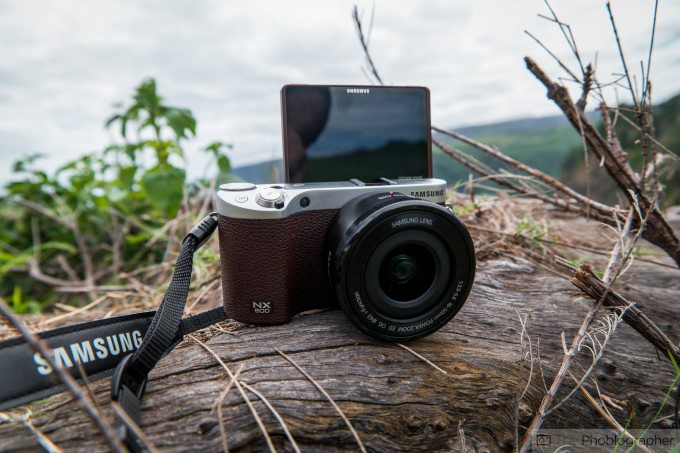
Samsung may no longer be making cameras, but when they did, they pretty much excelled at it. The Samsung NX500 was a device that offers great power in a small body, making it perfect for anyone looking for a compact interchangeable lens camera for travel. It features a 28.2MP BSI APS-C CMOS sensor, a DRIMe V image signal processor, 4K video recording at 24fps, up to 9 fps continuous shooting, and a 16-50mm f3.5-5.6 power zoom lens with OIS. The lack of a viewfinder and slow Wi-Fi are some things we were displeased about, but overall, it is a device that can fit right into your day-to-day routine.
Olympus OMD EM5 Mk II: Retro Beauty
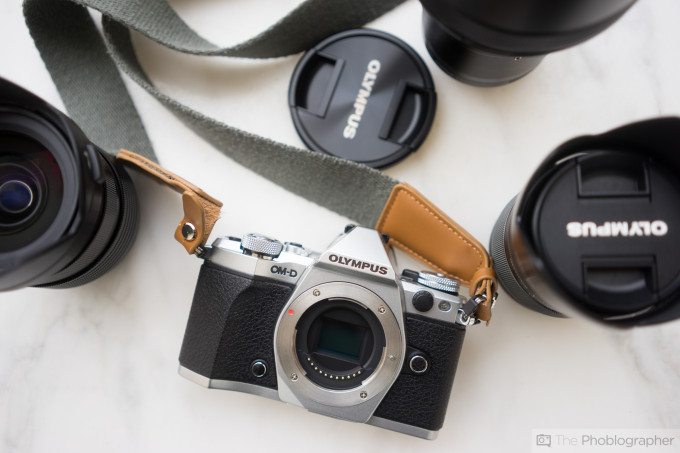
Olympus has always made some truly remarkable Micro-Four Thirds cameras that were not just fast but also insanely durable. The Olympus OMD EM5 Mk II is just that. With a 16.1MP sensor, built-in 5-axis stabilization, and a 40-megapixel high-resolution shot mode, the camera offers a lot for any photographer who wants precision. It offers a variable-angle 3-inch touchscreen, 2.36m-dot EVF, a new LV Boost II for photographing stars, and a Creative Control mode for controlling factors such as tone, focus, color, and aspect ratio.
Lomo’Instant: A Very Fun Camera
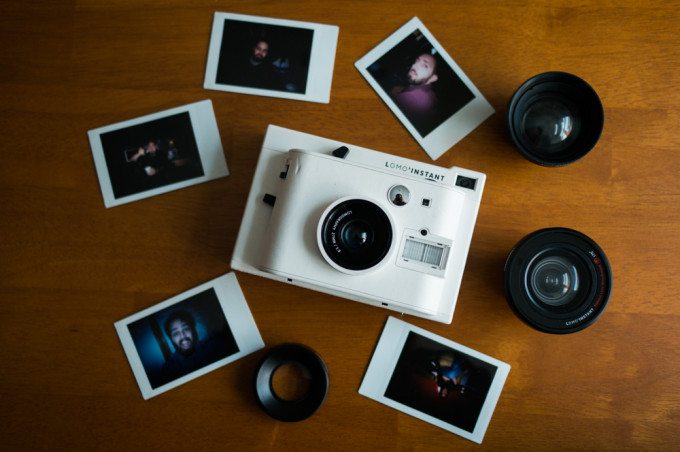
Lomography started a Kickstarter campaign to fund the Lomo’Instant, an instant camera with multiple features. Unlike the usual instant cameras, where you can take a picture quickly, the Lomo’Instant offers three lens adapters (portrait, fisheye, and closeup) for you to play with. In addition, you get a standard cable release thread and a tripod thread for long exposures. Some of the other features include color gels for creative exploration, an MX Switch Button for multi-exposure shooting, a zone focusing system, and a built-in mirror for selfies. For anyone who likes retro images but wants options within the camera, then this is a great choice.
You can purchase it here.
Sony A7s Mk II: A Low Light Monster
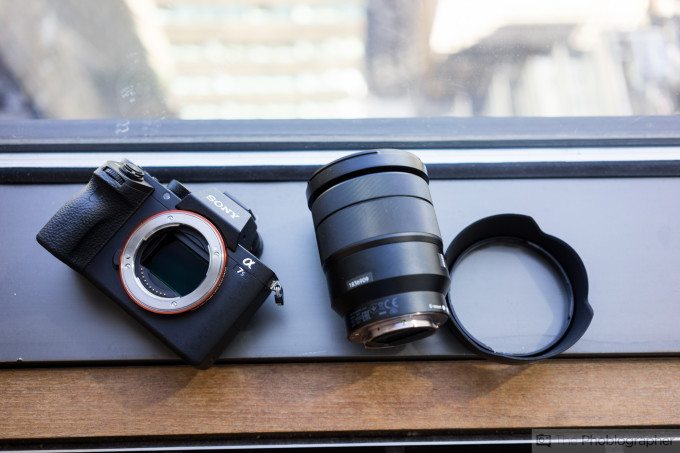
A year after unveiling its mirrorless lineup, Sony launched its highly anticipated update, the a7s Mk II. The camera offers uncompressed RAW shooting, a 12.2MP full-frame Exmor CMOS sensor, a BIONZ X image processor, and fast and intelligent autofocus. It also includes S-Log3 gamma and display assist function, UHD 4K/30fps video recording capability, 5-axis image stabilization, ISO up to 409,600, and a 5fps burst shooting rate. This camera is perfect for anyone who wants film-like high ISO grainy images with great dynamic range.
You can purchase it here.
Sony RX1r II: One of the Most Coveted Retro Cameras
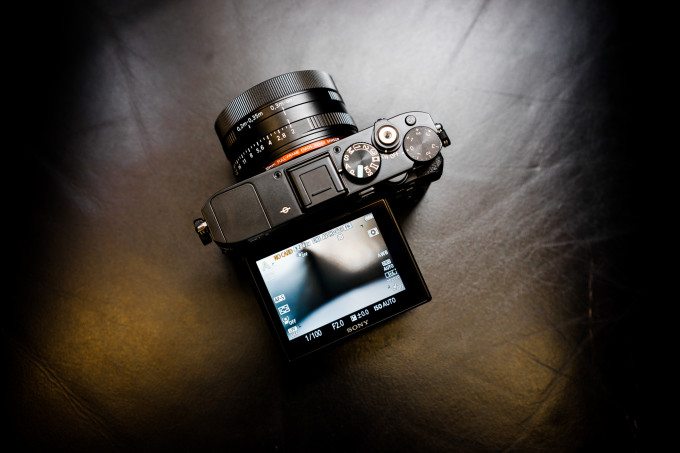
Considered to be one of the best point-and-shoot cameras from Sony, the Sony RX1r II is no short of a dream. The device boasts a 42MP full-frame CMOS sensor, a Zeiss Sonnar T 35mm f2 lens, and a leaf shutter. It can record 1080p video for those who are keen on filming. However, this is largely designed for photography use and includes features like 399 phase-detect AF points, uncompressed 14-bit RAW shooting capability, and 5 fps burst shooting. There are also great EVF and WiFi abilities on board, making it a great competitor to the Leica Q.
You can purchase it here.

